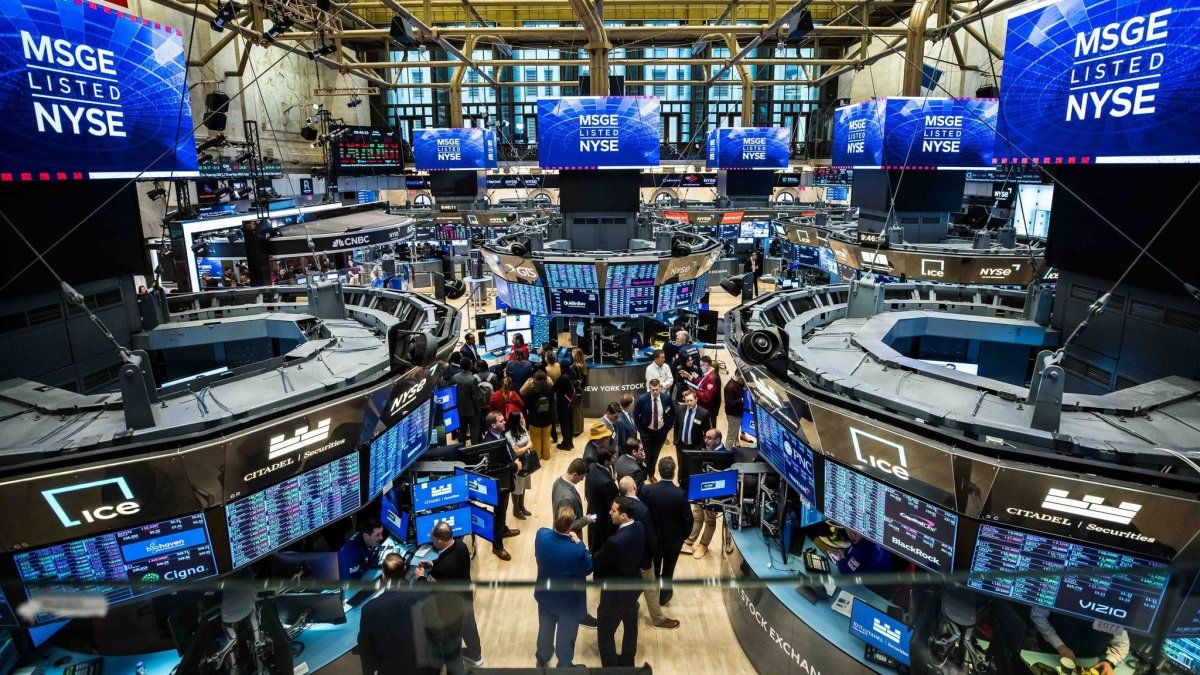In retail, goods worth around 3.2 billion euros were stolen in 2021. That was less than in previous years. But the industry is expecting a trend reversal this year – this also has to do with the high inflation.
It doesn’t matter whether it’s spirits, smartphones or sneakers: in German retail, things were stolen in 2021 that weren’t nailed down.
According to a study by the Cologne retail research institute EHI, the losses caused by thieves in retail totaled around 3.2 billion euros.
A huge sum – and yet it was less than in previous years. In the first Corona year 2020, the losses in retail due to theft added up to 3.4 billion euros. In the last year before Corona, 2019, it was even 3.75 billion euros. The pandemic has noticeably reduced the number of thefts, said EHI security expert Frank Horst of the German Press Agency. Last but not least, the corona-related shop closures and the reduced number of customers in the shopping streets made themselves felt.
But the downward trend is unlikely to continue. “At the moment it is very much expected in the industry that thefts will increase again – because retail is normalizing and everything is open again,” said Horst. The expert fears that the current price increases for many products are likely to exacerbate this development.
Customers steal the most – worry about gangs
According to the study, the lion’s share of thefts are committed by customers. According to the EHI, they stole goods worth 2.1 billion euros in 2021. The thefts by employees of the retail chains totaled 810 million euros. Suppliers and service staff were responsible for losses of 320 million euros. A further EUR 870 million in damage was caused by organizational deficiencies such as incorrect pricing.
Professional gangs of thieves in particular are a big concern for retailers. In terms of value, they now account for around a quarter of all crimes. In the past two years, the robberies of the gangs have become somewhat rarer due to the restricted mobility in the pandemic. But in the past few months, many dealers have again had serious problems with professional gangs. “The damage here can quickly reach 1,000 to 2,000 euros – in the high-quality textile trade even significantly more,” Horst described the problem.
Professional gangs often work with an ingenious division of labor, in which the individual members are assigned precisely defined tasks: such as observing and distracting the sales staff, putting together the stolen goods in “depots” or carrying the goods out of the shop and securing the escape routes.
According to the study, retail companies spent around 1.3 billion euros last year to protect their goods from thieves – for security and preventive measures such as article security, camera surveillance or detective work.
Police statistics less meaningful
Striking: According to police crime statistics, reported shoplifting fell by more than 15 percent to 257,000 cases last year – significantly more than the amount of damage determined by the EHI. But the police statistics are not very meaningful in the eyes of the trade. Here, above all, cases emerged in which the shoplifters were caught red-handed by staff or detectives.
“The drastic decline in shoplifting reports can only be explained by the reduced expenses for detective agencies, because they usually report most cases,” explained Horst. Many retailers hit by the pandemic have restricted the use of detectives in the past two years to cut costs.
The shoplifting recorded by the police is “just the tip of the iceberg,” Horst emphasized. According to estimates by the German Retail Association (HDE), the number of unreported cases of shoplifting is around 98 percent and the clear-up rate is less than 2 percent of the completed crimes.
Source: Stern
Jane Stock is a technology author, who has written for 24 Hours World. She writes about the latest in technology news and trends, and is always on the lookout for new and innovative ways to improve his audience’s experience.




